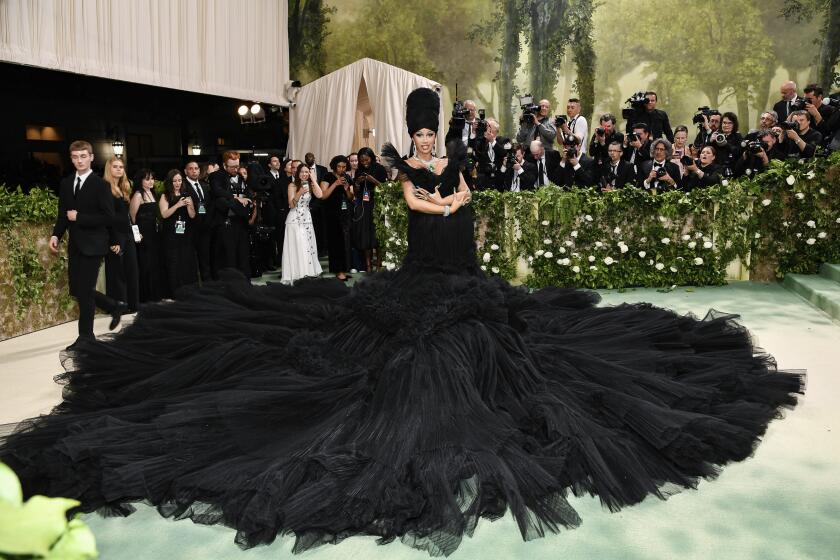Bringing design into focus
LET’S stop for a second and applaud industrial designers. These behind-the-scenes professionals, when working at their best, find simple solutions to life’s often complicated desires. Think how much easier it is today to carry music compared with in the old boom box days.
These specialists are pocket-protector eggheads and artists rolled into one. They engineer the function of a mass-produced object and design the look -- appearance, shape and color -- testing materials until they find the right ones. And they factor in the cost. Think about the complexity in something like the $500 iPhone.
For the most part, they work anonymously in teams for computer, automotive and other companies selling to consumers. But as this new hardback book illustrates, one designer can stand out by creating products that help us save time, reduce frustration and have fun.
At 240 pages in an oversized format, this is a generous look at the 51-year-old Fukasawa’s career thus far. And it’s impressive. About a third of the items in the 300 photographs will look familiar. There’s the blank-faced, dodecagon-shaped Issey Miyake watch, B&B; Italia’s Tetra candleholder, Deja-Vu aluminum stool for Magis, and Artemide’s Itis light with two perfect circles connected by a rod.
Fukasawa has the talent and the luck to have been part of IDEO, one of the most recognized industrial design firms in the world. He worked in the U.S. office first, then moved to the company’s Tokyo office before branching out on his own. His groundbreaking wall-mounted Muji’s CD player with built-in speakers is part of the permanent collection of MoMA New York. He, along with architect Zaha Hadid, was selected as a contributing designer to this year’s Ideal House at the Cologne Furniture Fair in Germany.
Over the years, Fukasawa has been inspired by everyday objects to make everyday objects. He dreamed up the canvas Sole bag with a durable sneaker sole on the bottom from his childhood memory of wearing tennis shoes. The sculpted bathtubs he designed for Boffi were his way of translating a lake, or “water gathering in a depression.”
Those outside the design world may question why the publishers devoted so much to one designer. Design students and those working in the business will, however, appreciate the text heft and visual detail of this book. Lots of blank space surrounds his objects, which have been lovingly photographed from all angles. There are also essays from such prominent designers as Tim Brown, Kenya Hara and Bill Moggridge, sculptor Antony Gormley and professor Masato Sasaki. Designer Jasper Morrison writes: “Good design always explains itself naturally, without the need of an instruction manual....”
For all the times we’ve struggled to understand confusing products and cursed gobbledygook manuals, let’s toast those who have allowed us to use something we need with ease.
-- Janet Eastman



